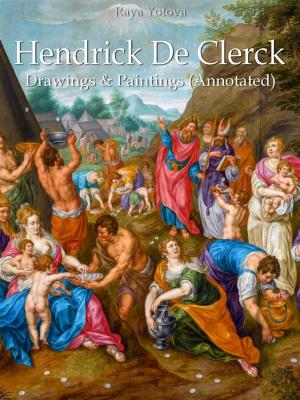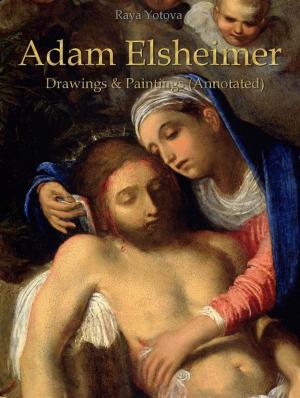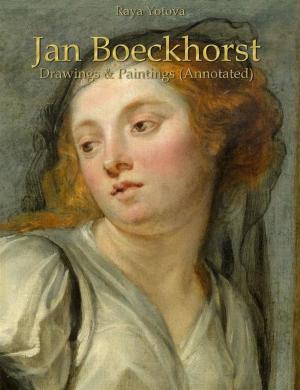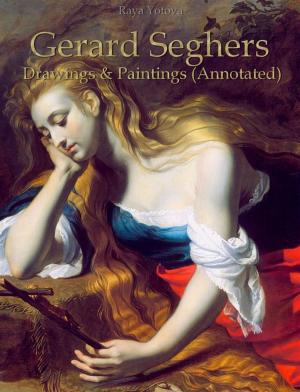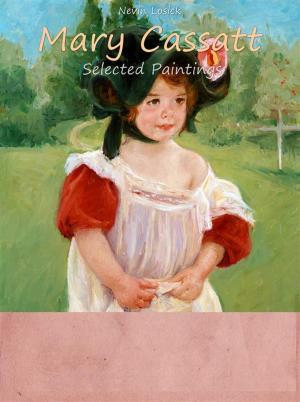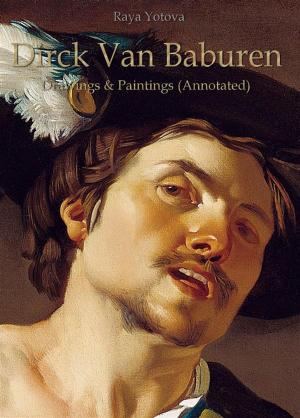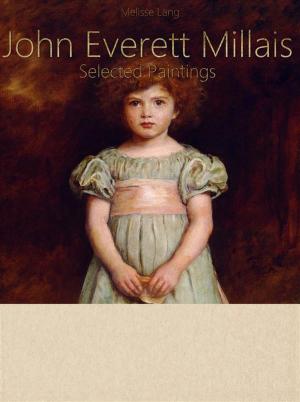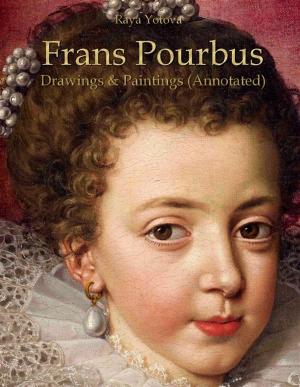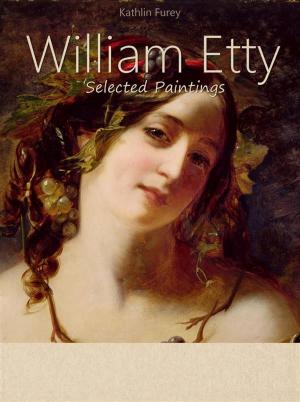Sofonisba Anguissola: Drawings & Paintings (Annotated)
Nonfiction, Art & Architecture, Art History, European, General Art| Author: | Raya Yotova | ISBN: | 9788832521061 |
| Publisher: | Publisher s13381 | Publication: | February 19, 2019 |
| Imprint: | Language: | English |
| Author: | Raya Yotova |
| ISBN: | 9788832521061 |
| Publisher: | Publisher s13381 |
| Publication: | February 19, 2019 |
| Imprint: | |
| Language: | English |
The example of Anguissola, as well as her work, had a lasting impact on the next generation of artists and her high success opened the way for more women to pursue serious careers as artists.
Anguissola's education and training have had different consequences from men's, as men and women have worked in separate spheres. Her training did not help her much in a profession where she had to compete for male artists but was expecting her to be just a good wife, mate, and mother. Although Anguissola enjoyed much greater encouragement and support than the average woman of her age, her social class did not allow her to exceed her sex restrictions. Without the opportunity of studying anatomy or drawing from life (considered unacceptable for the lady to see naked bodies), she could not undertake the complex multi-figurative compositions necessary for large-scale religious or historical paintings.
Instead, she experimented with new portrait styles, placing the other topics unofficially. Self-portraits and family members were its most common themes.
The self-portraits of Anguissola also offer evidence of what she thought was her place as a female artist. Typically, men were perceived as creative actors and women as passive objects, but in its 1556 self-portrait, Anguissola portrayed herself as an artist, separating herself from the role of the object to be painted. Other her paintings show how she revolted against the notion that women are objects, primarily an instrument that men in her age can play.
The work of Sofonisba Anguissola has had a lasting impact on the next generation of artists. Her portrait of Queen Elisabeth of Valois was widely copied by many of the best artists of that time, such as Peter Paul Rubens.
Anguissola is an essential figure for feminist's art historians. Her great success in fine art has found the way for more women to pursue serious careers as artists; some of her more famous heirs are Lavinia Fontana, Barbara Longhi, Fede Galizia, and Artemisia Gentileschi.
The example of Anguissola, as well as her work, had a lasting impact on the next generation of artists and her high success opened the way for more women to pursue serious careers as artists.
Anguissola's education and training have had different consequences from men's, as men and women have worked in separate spheres. Her training did not help her much in a profession where she had to compete for male artists but was expecting her to be just a good wife, mate, and mother. Although Anguissola enjoyed much greater encouragement and support than the average woman of her age, her social class did not allow her to exceed her sex restrictions. Without the opportunity of studying anatomy or drawing from life (considered unacceptable for the lady to see naked bodies), she could not undertake the complex multi-figurative compositions necessary for large-scale religious or historical paintings.
Instead, she experimented with new portrait styles, placing the other topics unofficially. Self-portraits and family members were its most common themes.
The self-portraits of Anguissola also offer evidence of what she thought was her place as a female artist. Typically, men were perceived as creative actors and women as passive objects, but in its 1556 self-portrait, Anguissola portrayed herself as an artist, separating herself from the role of the object to be painted. Other her paintings show how she revolted against the notion that women are objects, primarily an instrument that men in her age can play.
The work of Sofonisba Anguissola has had a lasting impact on the next generation of artists. Her portrait of Queen Elisabeth of Valois was widely copied by many of the best artists of that time, such as Peter Paul Rubens.
Anguissola is an essential figure for feminist's art historians. Her great success in fine art has found the way for more women to pursue serious careers as artists; some of her more famous heirs are Lavinia Fontana, Barbara Longhi, Fede Galizia, and Artemisia Gentileschi.



